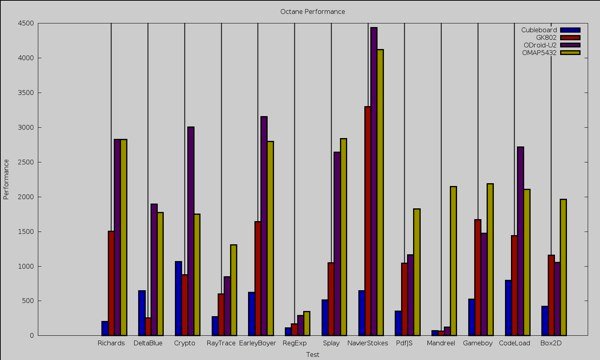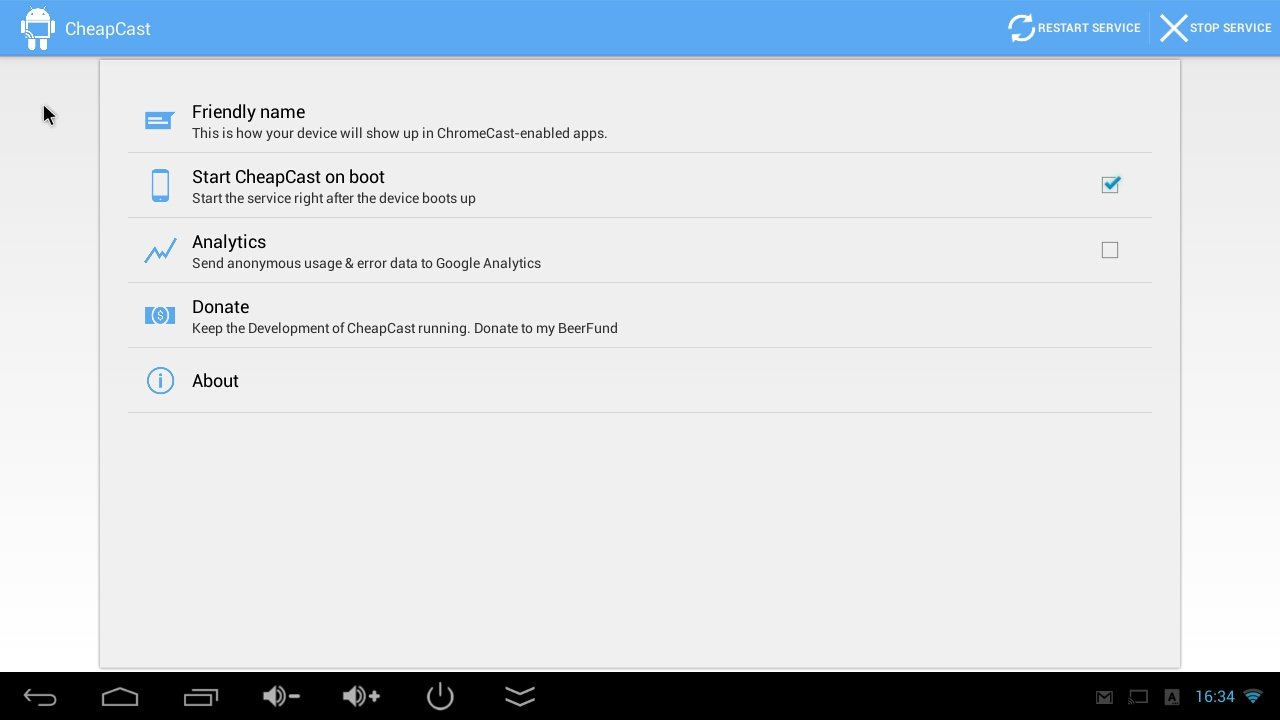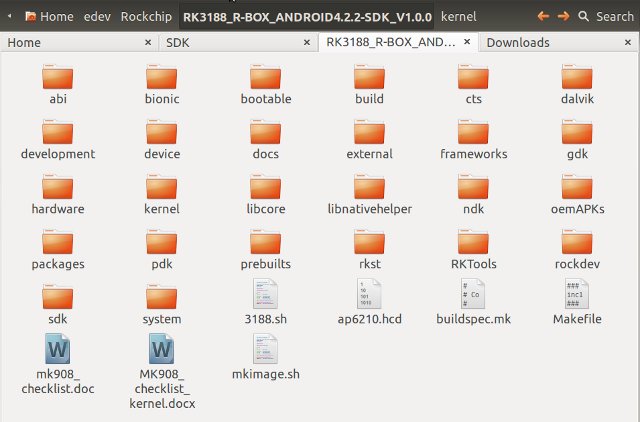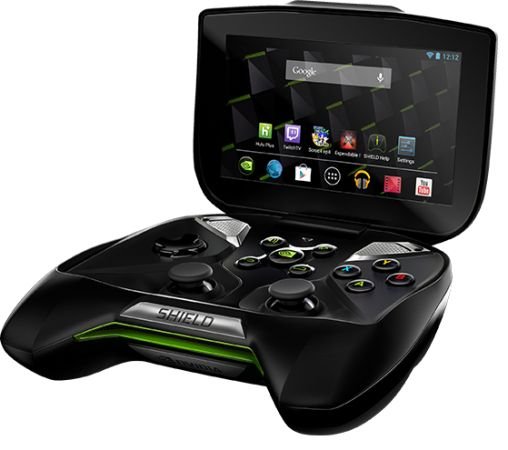Linaro 13.08 has been released with Linux Kernel 3.11-rc6 (stating), Kernel 3.10.9 (LSK – beta), and Android 4.3. This month is the first release based on Android 4.3, which was only pushed to AOSP at the end of last month. I can also see work on new SoCs/hardware this month with Texas Instruments Keystone II ARM Cortex A15+DSP SoC and Fujitsu AA9 board (Which processor?, I could not find out). A lot of work also appears to have gone in OpenEmbedded, further optimizations have gone into NEON optimized AES encryption in OpenSSL, and more. It’s also the first time I can see a Ubuntu Raring engineering build image for HighBank (Calxeda Energycore). Here are the highlights of this release: Android Engineering Android stack was tuned to achieve 100% CTS pass result on Android 4.3 Analyzing the UEFI EDK II boot loader for Android completed, implementation of fastboot application and USB […]
LinuxCon Europe 2013 Schedule – Web Technologies, Debugging Techniques, Wayland, and More
I’ve just received an email from the Linux Foundation saying the schedule for LinuxCon and CloudOpen Europe 2013 had been made available. The conference will take place for 3 days (October 21-23, 2013) in the Edinburgh International Conference Center, Edinburgh, United Kingdom. There will be over 100 conference sessions, and several co-located events including: Automotive Linux Summit, the Embedded Linux Conference, Gluster Workshop, KVM Forum, Tizen Summit, Xen Project Developer Summit. As I’ve recently done with LinuxCon North America 2013 and ARM TechCon 2013, I’ll make a virtual schedule with selected developer sessions using the event’s schedule builder. You may find out several sessions will also be given in LinuxCon North America. Monday – 21st of October 11:00 – 11:50 – Bluetooth Smart Devices and Low Energy Support on Linux by João Paulo Rechi Vita, INdT This presentation will cover a brief introduction on how the Bluetooth Low Energy technology […]
KVM on 64-Bit ARM with AppliedMicro X-Gene Developement Platform
Applied Micro announced X-Gene 64-Bit ARMv8 Server-on-Chip at ARM Techcon 2011, and later in 2012, they showcased Apache2 on an FPGA implementation of the chip. More recently, they showcased KVM (Kernel-based Virtual Machine) on their X-C1 hardware platform with an actual X-Gene SoC at Linaro Connect Europe 2013, and Linaro has just uploaded the video of the demo. The development board features 8 ARMv8 64-bit processors, PCI network, up to 6 SATA drives (but only one used in the demo), and they also have hardware fitted into a 1U rack. The demo below runs 4 SMP Linux virtual machines (with 2 VCPUs), including 2 ARMv7 32-bit, and 2 ARMv8 64-bit guests, running web servers concurrently on each VM using VirtIO-based network virtualization. Jean-Luc Aufranc (CNXSoft)Jean-Luc started CNX Software in 2010 as a part-time endeavor, before quitting his job as a software engineering manager, and starting to write daily news, and […]
Texas Instruments OMAP5432 EVM Benchmarked Against ODROID-U2, BeagleBone Black, GK802… and an Intel Core i7-2600K based PC
Texas instruments and SVTronics announced an OMAP5 evaluation board a couple of months ago. The board features OMAP5432 dual Cortex A15, dual Cortex M4 SoC, 2GB RAM, a 4GB eMMC module, USB 3.0, SATA and more. SVTronics sent a board to Linux.com, where they wrote a short review, followed by an article benchmarking the OMAP5 EVM against AllWinner A10, Freescale i.MX6, Exynos 4412 Prime, and TI Sitara platforms, namely Cubieboard, GK802, ODROID-U2, and BeagleBone Black, all running Linux. Ben Martin, the writer, also benchmarked the board against a Linux PC powered by an Intel Core i7-2600K processor (4 cores, 8 thread, clocked at 3.4GHz, with a turbo frequency up to 3.8GHz). The board used was an early version, clocked at 800MHz, and later in September, all boards will be clocked at 1.5Ghz, so for benchmarks that stress the CPU, you could expect almost double the performance. With that in mind, […]
CheapCast Chromecast Emulator for Android (Beta) is Available for Download
Yesterday, I wrote developers were working on making any media App and any Android device compatible with Chromecast. Sebastian Mauer has taken care of the latter, by publishing CheapCast (Beta) in Google Play. Several people have been trying it successfully, including in iMito MX1 mini PC. I’ve been less lucky. I’ve tried it by running YouTube App in Zopo ZP900S smartphone (Android 4.0.4) with 4 devices: Tronsmart T428 – “Works” but the video won’t start playing. (Bug reported in Github’s issue tracker) [Update: It now works with the latest version in Google Play]. MK908 – Refused to install anything in Google Play today… (Older Android 4.1 firmware) Wandboard Quad – “Works” but the video won’t start playing. CX-01 – CheapCast will crash when playing video I can’t really play YouTube videos over 360p without buffering here, so the reason the video won’t start in T428 or Wandboard Quad might be […]
Fritzing Open Source Software Designs PCB Layouts from Breadboard Drawings
Earlier this year, I’ve tried Gumstix Geppetto, a web-based application that let you easily design and order boards. You can just add some building blocks in Chrome browser, connect them, and you’re ready to order a PCB. However, the setup fee of $1999 reserves it to businesses. Don’t worry If you’re just a hobbyist as Fritzing, an open source software supporting Windows, MacOS and Linux, allows you to draw breadboard connections, and automatically route the schematics, and the PCB layout. You can then export the gerber files, or order directly from Fritzing Lab. The software is not exactly new, but it’s the first time I’ve come across it. I’m using Ubuntu 12.04 64-bit, so let’s download, install and run the corresponding version:
|
1 2 3 4 |
wget http://fritzing.org/download0.8.3b/linux-64bit/fritzing-0.8.3b.linux.AMD64.tar.bz2 tar xvf fritzing-0.8.3b.linux.AMD64.tar.bz2 cd fritzing-0.8.3b.linux.AMD64/ ./Fritzing |
I’ve decided to connect an LED on the breadboard, and control it with an Arduino Leonardo board to try the software. Alternatively, you could also play around […]
MK908 Rockchip RK3188 mini PC Android 4.2.2 SDK Leaked
We’ve had the Linux source code for RK3188 for a little while, which allowed a preliminary Ubuntu image to boot on devices such as Tronsmart T428. But AFAIK, we did not have any Android SDK for RK3188 HDMI TV Stick, until now. A new user on ARMTvTech has uploaded 5 rar files that can be decompressed into a single 3.2GB file called mk908_RK3188_R-BOX_ANDROID4.2.2-SDK.tar.gz. I’ve had a look, and this is the content of the file which appears to be a complete Android 4.2.2 SDK for MK908. There’s 2 documents in Chinese: mk908_checklist.doc – Apparently some instructions, or recommendations specific to Android MK908_checklist_kernel.docx – Some details about the kernel config There are also more documents and directories in RKTools/docs, but I haven’t checked the details:
|
1 2 3 4 5 6 7 8 9 10 11 12 13 14 |
ls android分区修改说明.pdf Camera_for_RockChipSDK参考说明_v4.0.pdf Infrared remote control R-Box Platform User Manual_V0.9.pdf RK29OR30_ota.pdf RKeMMCSupportList Ver1.09_2013_4_15.pdf RKNandFlashSupportList Ver2.61_2013_4_15.pdf RKRemoteControl RK USB Application Note_V2.0.pdf ROBX-SDK 发布说明(RK3188_R-BOX_ANDROID4.2.2-SDK_V1.0.0_130514).pdf Rockchip Parameter File Format Ver1.3.pdf SDK 发布通知.pdf wifidisplay |
Back to the root directory, we’ve got a Makefile, and mkimage.sh script, but both are called by 3188.sh script which apparently builds all, and generates […]
NVIDIA Releases Source Code, Binaries, and Android Build Instructions for the SHIELD Gaming Console
This morning I’ve read bad news for the open source community. Jean-Baptiste Quéru, leader of the Android Open Source Project (AOSP) has decided to quit the project because AOSP cannot run on the latest Nexus 7 as Qualcomm (lawyers) impeded the project, and Google is unable to released factory images or necessary binary drivers for the GPU. But there’s also good news, as Nvidia has just released source code and binaries to allow developers to fully build an Android image for its SHIELD gaming console. If you want to build an image for the latest image available, following the steps below. Get the code
|
1 2 3 4 |
mkdir ~/shield-open-source cd ~/shield-open-source repo init -u git://nv-tegra.nvidia.com/manifest/android/binary.git -b rel-roth-ota-1-partner -m secureos/jb_roth.xml repo sync -j5 |
Build the Android image (Provided you’ve already setup your Linux PC do build AOSP):
|
1 2 3 4 5 6 7 8 9 |
cd ~/shield-open-source export TOP=`pwd` cd vendor/nvidia/licensed-binaries ./extract-nv-bins.sh cd $TOP . build/envsetup.sh setpaths lunch thor-userdebug mp dev |
Done (mp dev took about one hour for my machine). You should now have the required binary images in out/target/product/roth/ directory. Enter fastboot mode before flashing the binaries by one […]










